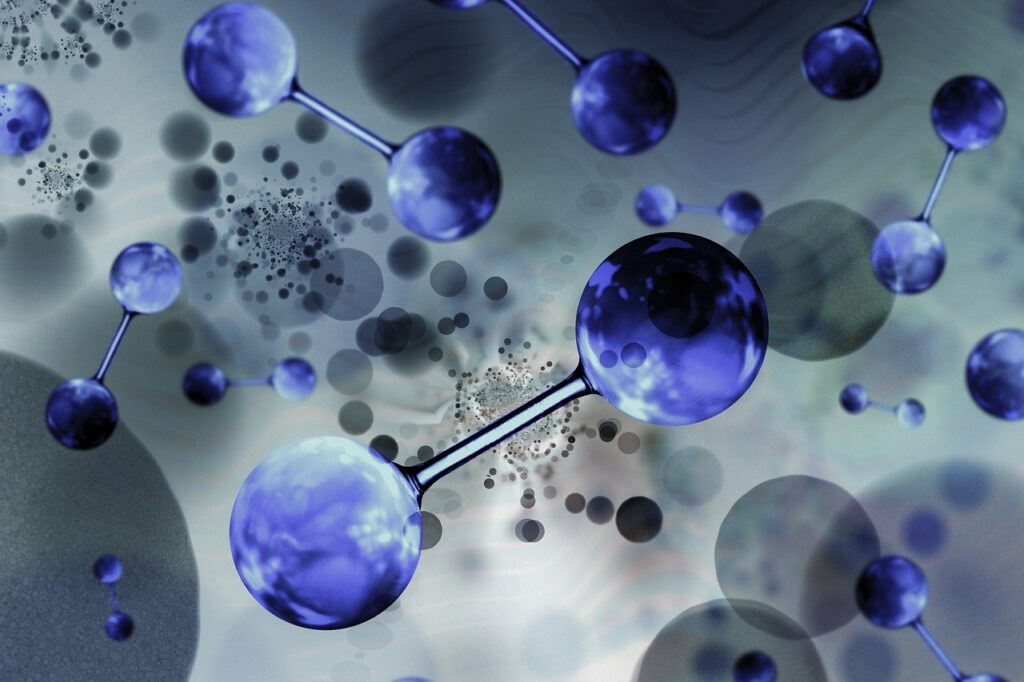This research offers insights into an ammonia-hydrogen mixture’s ignition and emission characteristics when assisted by a nanosecond pulsed discharge (NSPD). This paper, authored by Mingming Zhang, Qi Chen, Nan Liu, Wanyue Qin, and Yulei Fu, investigates the kinetics involved in such a mixture, providing valuable context for future applications within the hydrogen industry.
Context and Relevance
As the hydrogen industry looks for efficient and cleaner fuel alternatives, understanding the combustion characteristics of hydrogen mixtures becomes crucial. The ammonia-hydrogen blend is attracting attention due to ammonia’s storage and transportation advantages as a hydrogen carrier. NSPD-assisted ignition tech offers a promising pathway to optimize this blend’s combustion process, potentially reducing emissions and increasing energy efficiency.
Main Findings
The study explores the kinetic properties of an ammonia-hydrogen blend under NSPD, discovering that the NSPD significantly enhances the ignition process. This method reduces the ignition delay times and mitigates undesirable emission profiles typically associated with ammonia combustion. The researchers utilized advanced diagnostics and simulation techniques to detail these kinetic processes, paving the way for further technological applications.
Potential Applications
The enhanced understanding of NSPD’s effect on ammonia-hydrogen blends could lead to several practical applications:
1. Cleaner Combustion Engines: NSPD can be integrated into combustion engine technologies to optimize the ignition of ammonia-hydrogen fuel, reducing harmful emissions such as nitrogen oxides (NOx).
2. Power Generation: Power plants could adopt this technology to burn ammonia-hydrogen mixtures more efficiently, utilizing ammonia’s storage benefits while harnessing hydrogen’s clean energy potential.
3. Advanced Fuel Cells: This research could inspire innovations in fuel cell technologies, leading to more efficient and durable designs.
Technical Methodologies
The researchers employed a combination of experimental setups and advanced diagnostic methods, such as laser-induced fluorescence and high-speed imaging, to study the ignition and emission characteristics. Computational simulations were also utilized to model the chemical kinetics involved in the NSPD-assisted ignition process, providing comprehensive insights into the underlying mechanisms.
Broader Implications for the Hydrogen Industry
This research advances scientific understanding and has far-reaching implications for the hydrogen industry. By demonstrating how NSPD can enhance ammonia-hydrogen combustion, the study supports the development of new technologies that could significantly lower carbon emissions and improve energy efficiency across various sectors. This breakthrough could accelerate the adoption of hydrogen-based solutions, fostering a cleaner and more sustainable energy landscape.
Key Takeaways
1. Enhanced Ignition: NSPD significantly improves the ignition characteristics of ammonia-hydrogen mixtures.
2. Emission Reduction: The technique reduces harmful emissions, particularly nitrogen oxides, associated with ammonia combustion.
3. Broad Applications: The findings can be applied across combustion engines, power generation, and fuel cell technologies.
4. Market Impact: This research could drive new technological developments, bolstering the hydrogen market’s growth and viability.
